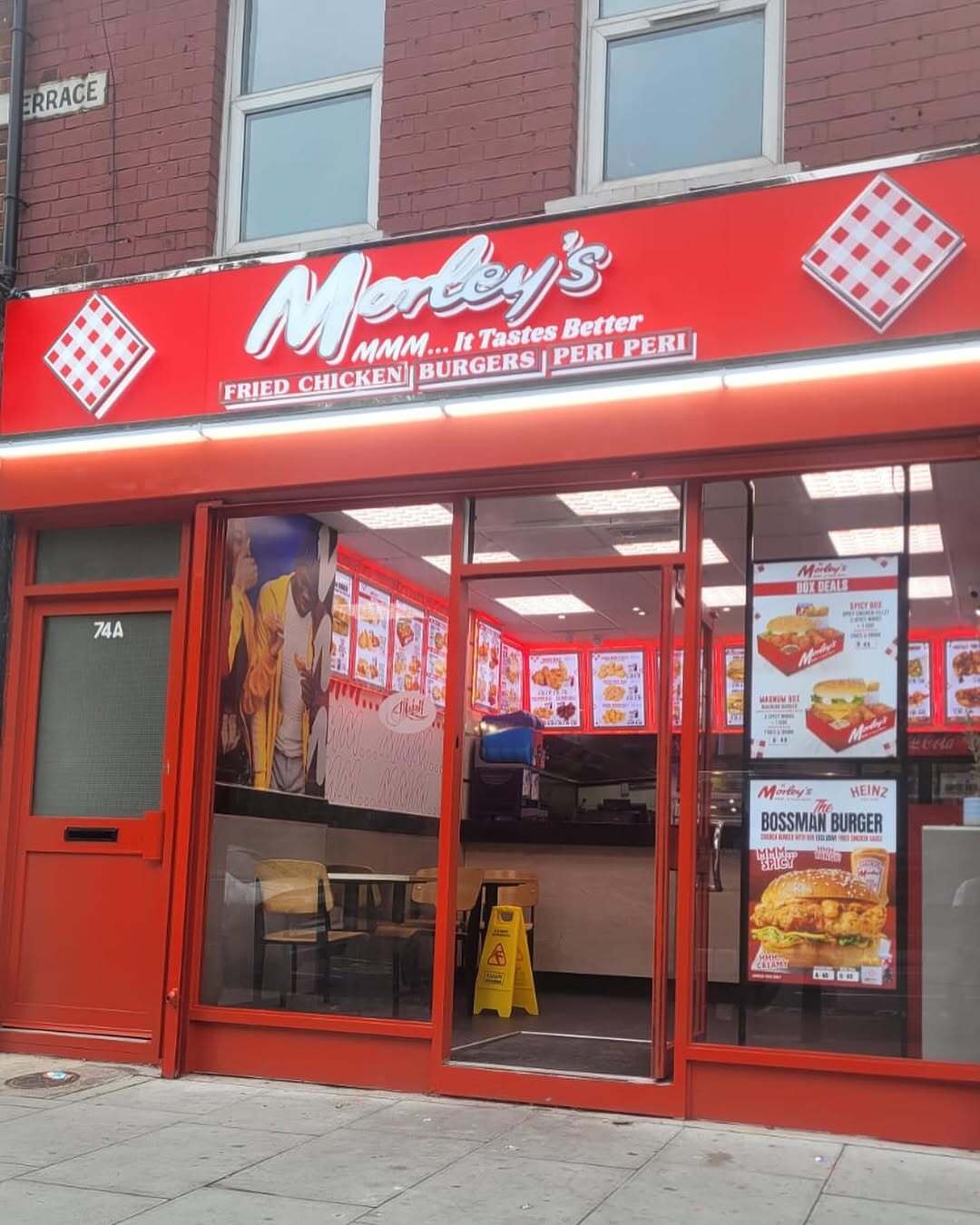Morley’s was initially successful in its claim at the High Court last year where Metro’s was found to unlawfully infringing on the Morley’s brand.
Metro’s subsequently appealed, citing eight grounds, but this was dismissed by the Court of Appeal last month, which reaffirmed that the food chain had infringed a number of aspects of the Morley’s brand.
Morley’s is the registered owner of a number of trade marks, including its logo and the name of its signature dish – the ‘Triple M’ burger.
“People have a real attachment to who we are, and so it was essential we took action when that brand was threatened,” said managing director Shan Selvendran.
“I’m delighted with the outcome and with the specialist support of my legal team throughout this process.”
Founded in Sydenham in 1985, Morley’s has grown into a cult London brand and now operates more than 100 restaurants across the UK, with the sign from its first branch recently acquired by the Museum of London.
“As a family-owned business, there has been a tremendous amount of hard work over many years that has gone into making Morley’s what it is today,” Selvendran continued.
“We’re so grateful to our loyal customers who come back time and again for our food, our service and our sense of community.”
Morley’s was represented by Peter Hornsey and Sam Walker of Ward Hadaway alongside Chris Pearson of Lamb Chambers.
“This outcome reinforces that the Courts will protect your brand if you have the necessary trade mark protection in place,” Horney said.
“For those considering sailing close to the wind, it also demonstrates that what you might think is ‘close’ is often ‘too far’. The iconic status of Morley’s makes the protection of its brand all the more important and we’re thrilled with this outcome for Shan and his family.”
During the High Court proceedings, Judge Clarke deemed the font, colour scheme and layout of the logo – including the strapline and distinctive style of the letter ‘M’ – used by Metro’s were similar to Morley’s. The Judge then held there was a “likelihood of confusion by a substantial part of that class of average consumer”.





